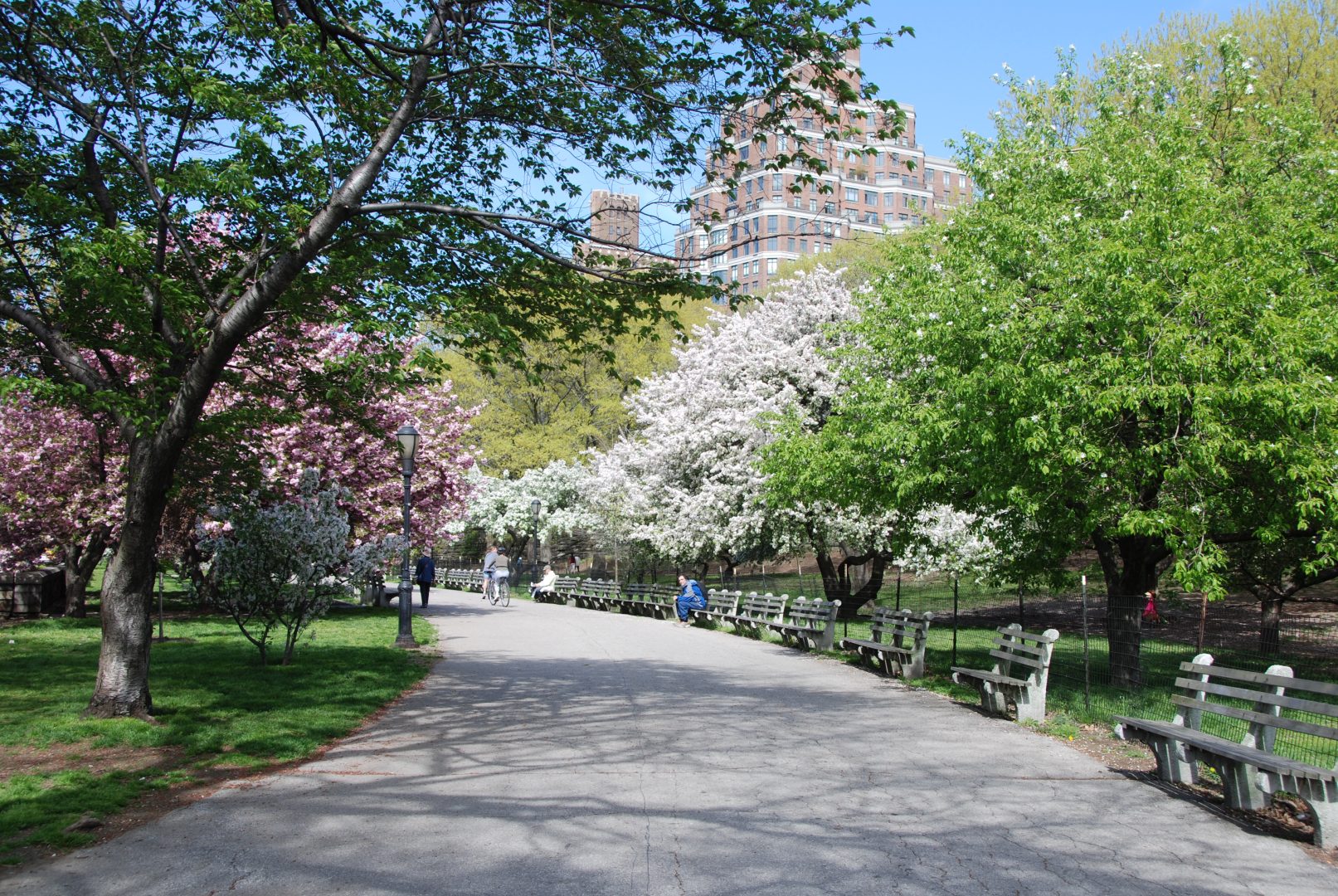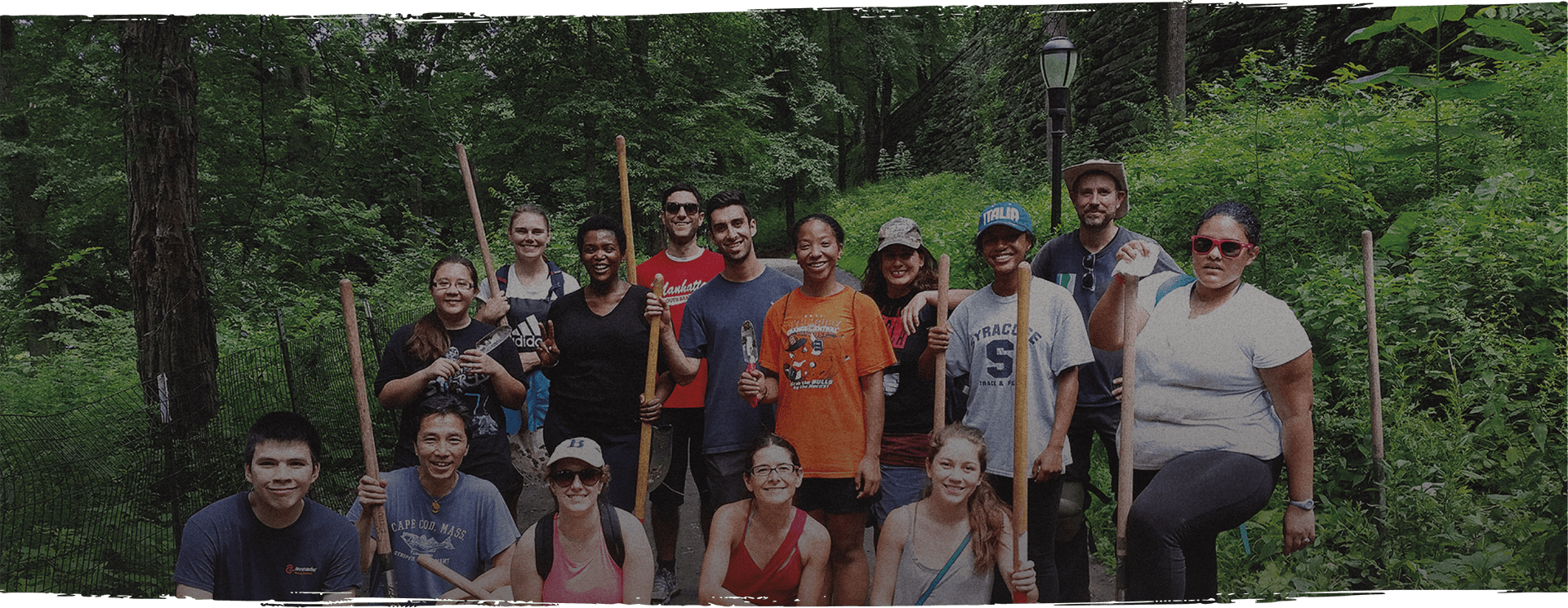Mission Statement
The mission of Riverside Park Conservancy is to restore, maintain, and improve Riverside Park in partnership with the City of New York for the enjoyment and benefit of all New Yorkers. We support the preservation of the park’s historic landscape, structures, and monuments, engage the community in active stewardship of the park, and provide a wide range of public programs.
From 59th Street to 181st Street, from riverfront to city—side we work to enhance this Olmsted gem for present and future generations. Whatever it needs, Riverside Park Conservancy is by its side. Think of us as its gardener. Its advocate. Its sustainability manager. Its art curator. Its historian. Its visionary. And its guardian.
We work side-by-side with the New York City Parks Department, and we make improvements as diverse as the park itself and the city it serves. With the dedication and generosity of neighbors and park lovers like you, we can elevate your park experience and preserve this historic treasure for generations to come.

